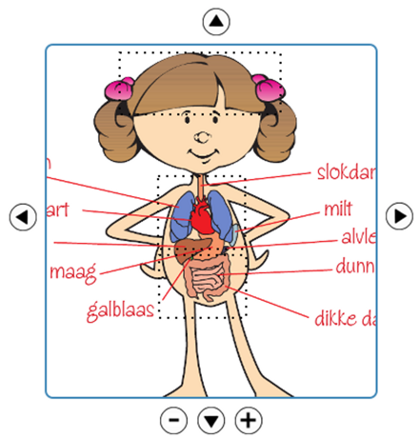by Sergio Duarte Torres and Ingmar Weber (Yahoo! Research)
The Internet has become an important part of the daily life of children as a source of information and leisure activities. Nonetheless, given that most of the content available on the web is aimed at the general public, children are constantly exposed to inappropriate content, either because the language goes beyond their reading skills, their attention span differs from grown-ups or simple because the content is not targeted at children as is the case of ads and adult content. In this work we employed a large query log sample from a commercial web search engine to identify the struggles and search behavior of children of the age of 6 to young adults of the age of 18. Concretely we hypothesized that the large and complex volume of information to which children are exposed leads to ill-defined searches and to dis-orientation during the search process. For this purpose, we quantified their search difficulties based on query metrics (e.g. fraction of queries posed in natural language), session metrics (e.g. fraction of abandoned sessions) and click activity (e.g. fraction of ad clicks). We also used the search logs to retrace stages of child development. Concretely we looked for changes in the user interests (e.g. distribution of topics searched), language development (e.g. readability of the content accessed) and cognitive development (e.g. sentiment expressed in the queries) among children and adults. We observed that these metrics clearly demonstrate an increased level of confusion and unsuccessful search sessions among children. We also found a clear relation between the reading level of the clicked pages and the demographics characteristics of the users such as age and average educational attainment of the zone in which the user is located.

The paper will be presented at the 20th ACM International Conference on Information and Knowledge Management (CIKM) in Glasgow, 24-28 October 2011


 PuppyIR is an FP7 project that will help children search the Internet safely and successfully by the design of an Open-Source platform of child-friendly information services. These Information Services will be able to summarise content for children, moderate information for children, help children safely build social networks and intelligently aggregate for presentation to children. PuppyIR aims to facilitate the creation of child-centric information access, based on the understanding of the behaviour and needs of children. PuppyIR will provide a suite of components that can be used by system designers to construct usable and tailored IR systems for children and the opportunity for children to fully exploit the Internet. PuppyIR will develop new interaction paradigms that allow children to express their information needs simply and have results presented in an intuitive way. PuppyIR will contribute to the evaluation of children’s IR systems by the development of child-centred evaluation methods.
PuppyIR is an FP7 project that will help children search the Internet safely and successfully by the design of an Open-Source platform of child-friendly information services. These Information Services will be able to summarise content for children, moderate information for children, help children safely build social networks and intelligently aggregate for presentation to children. PuppyIR aims to facilitate the creation of child-centric information access, based on the understanding of the behaviour and needs of children. PuppyIR will provide a suite of components that can be used by system designers to construct usable and tailored IR systems for children and the opportunity for children to fully exploit the Internet. PuppyIR will develop new interaction paradigms that allow children to express their information needs simply and have results presented in an intuitive way. PuppyIR will contribute to the evaluation of children’s IR systems by the development of child-centred evaluation methods.